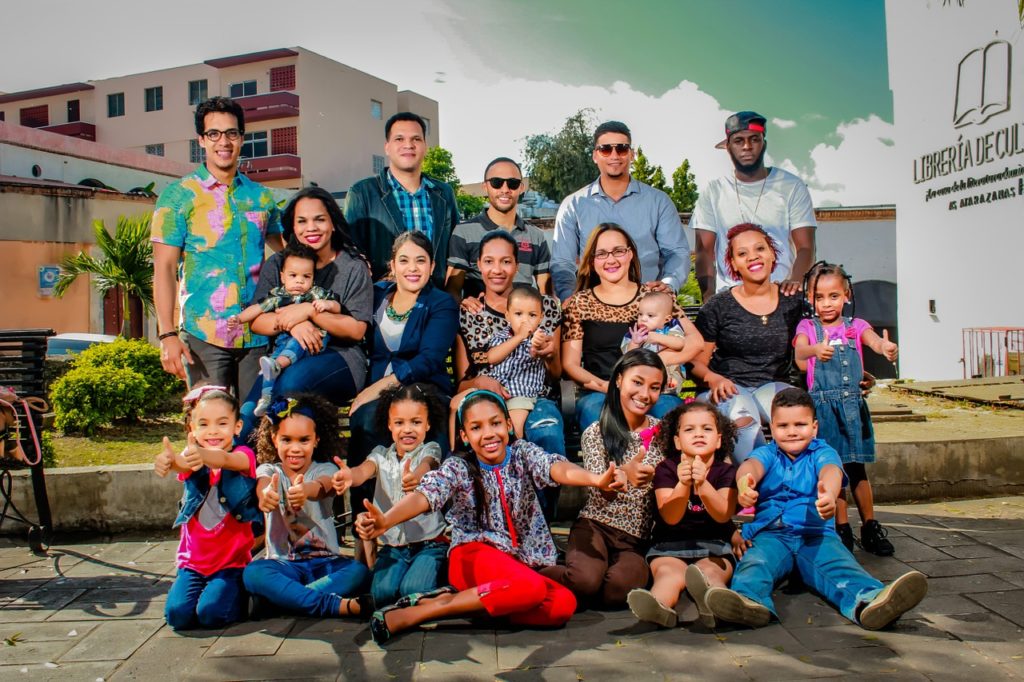Your family members probably have lots of fun, interesting, and powerful stories from their lives, and interviewing them can be a great way to learn more about your family history. Memory loss is common with age, so it’s important to take advantage of the opportunity to hear about your loved ones’ lives while you have it. At Legacy Films, we specialize in capturing your family history so it can be passed along to future generations. For all the do-it-yourselfers, here are seven tips for interviewing your family members:
1. Be ready at any moment.
Even when you’re not intending on interviewing your relative, be prepared to start recording. Your relative might start sharing a memory that they think of spontaneously. Make sure you have an audio recorder app on your phone, so you can capture your family member’s memory.
2. Plan an interview evening.
Capturing spontaneous moments is great, but you can also prepare your relative for an interview. Set a date with your family member for an interview, and send them the questions ahead of time. This way, they’ll have plenty of time to reflect on the questions and prepare everything they want to talk about. They can also bring any memorabilia they want to show you.
3. Use open-ended questions.
Open-ended questions can’t be answered with a simple “yes” or “no.” Asking “yes” or “no” questions could lead to short, uninformative conversations, so make sure your questions are open. For example, instead of asking, “Did you like growing up in New York?” ask, “What did you like or dislike about growing up in New York?”
4. Let them lead the interview.
A good interviewer says very little while getting as much information as possible out of their subject. If your relative pauses while talking, give them some time to think instead of jumping in with more questions. Let them keep talking even if they digress from your questions. They may end up telling you something you didn’t even think of asking about.
Instead of using verbal cues to encourage them, use facial expressions. Make eye contact, smile, and nod your head to encourage them to keep speaking. This will let them know that you’re listening without interrupting.
5. Take a video.
Audio recording is great for a spontaneous memory, but if you’re preparing for an interview, set up video recording. Watching your relative’s facial expressions and gestures as they talk about their life adds so much more to the experience. Learn more about Family Legacy Films.
6. Share on social media.
With your family member’s permission, you can share your video or audio recordings on social media or on family history sites. This will allow more people to hear your loved one’s stories and memories, which your relative might enjoy.
7. Keep it organized.
If you’ve done multiple interviews with more than one family member, it’s important to keep all of your files organized. In this day and age, we tend to prefer short stories and video clips. Breaking down a long interview into chunks and labeling each with their specific topic might be a good way to organize it. You should also back everything up, so you don’t accidentally lose any recordings.



